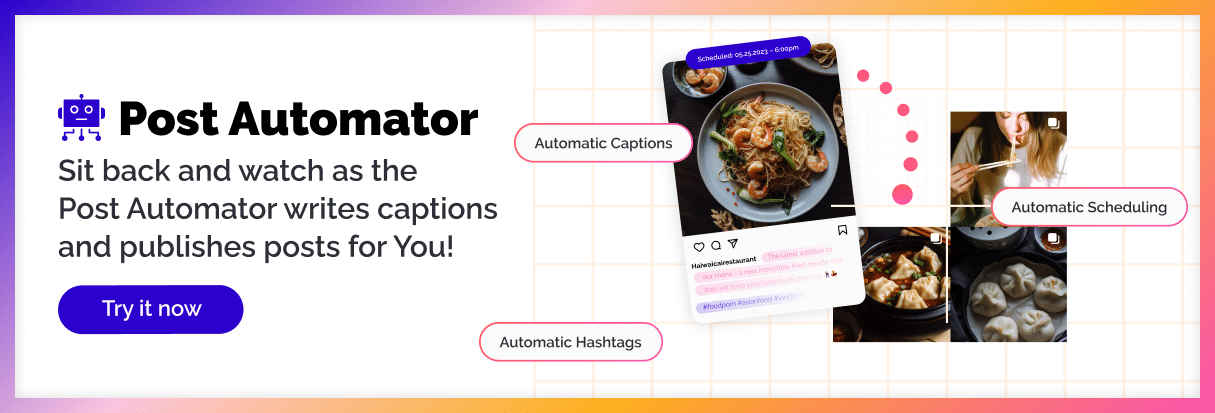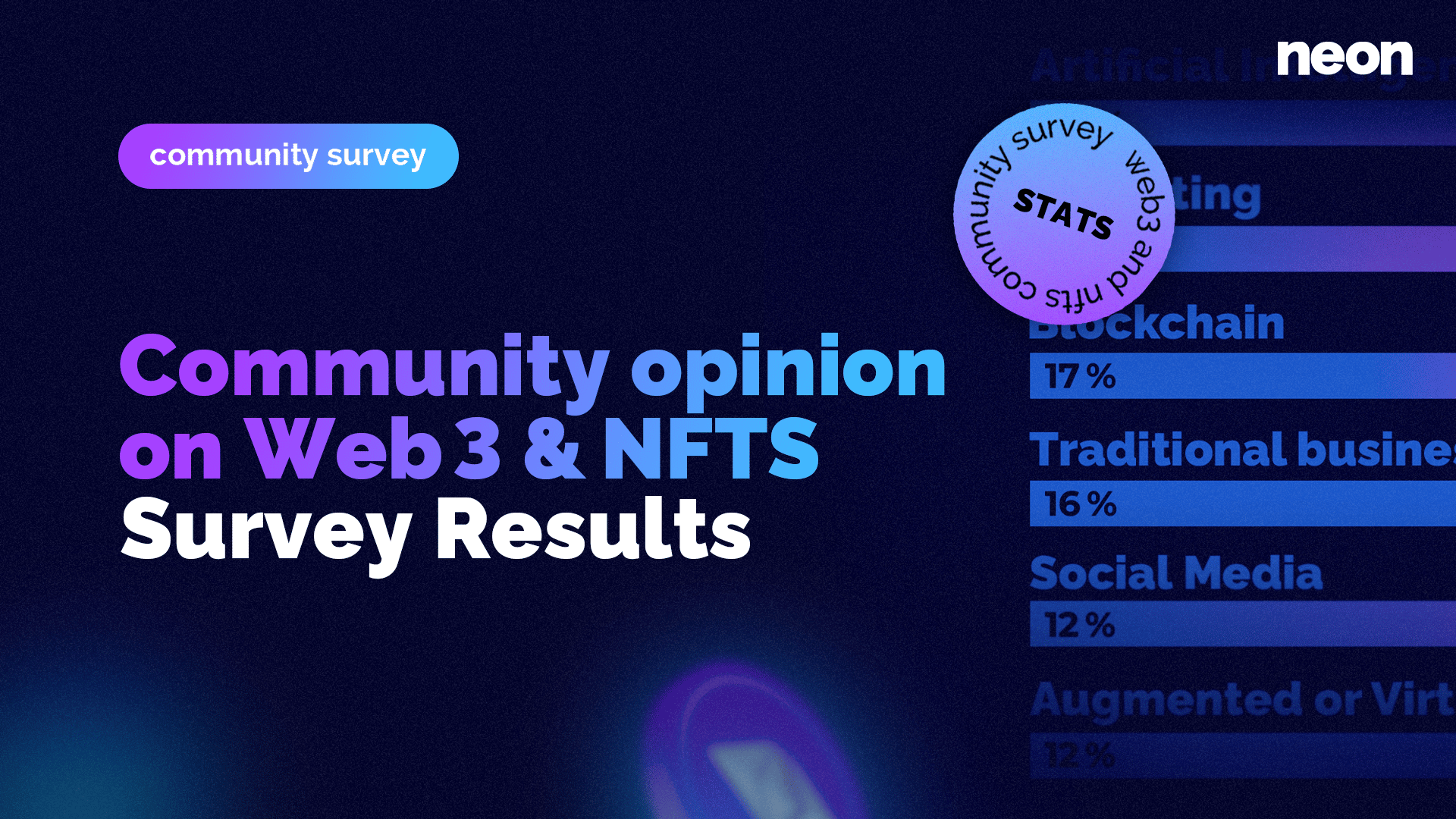In this article, our 3 partners (Misch Strotz, Karim Youssef & Sacha Schmitz) outline their technology predictions for the future. The past decade has seen baby steps in a variety of new tech, all of which we believe will go way further in the coming 10 years. So buckle up and get ready, because these life-changing trends might come in faster than you think.
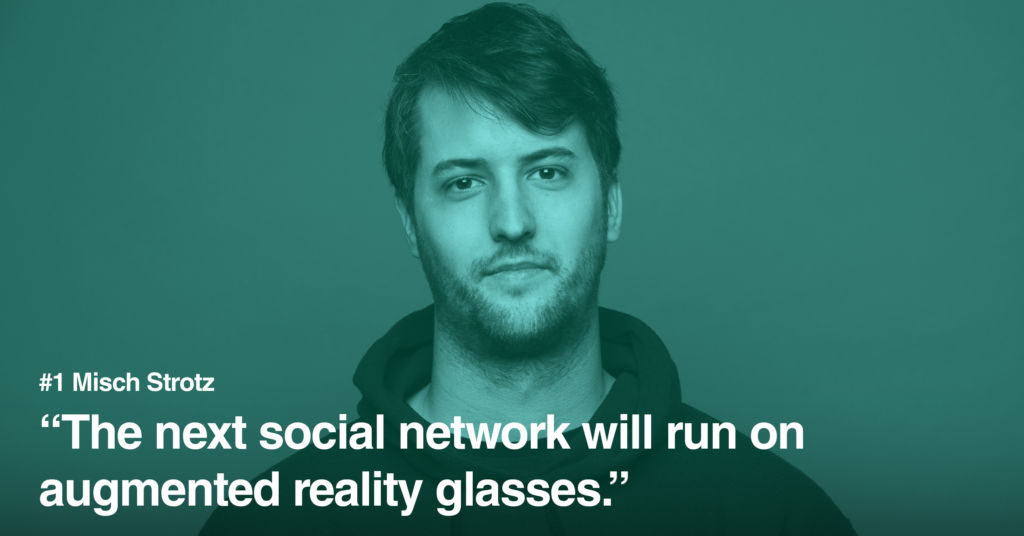
1. Augmented Real Life (Misch Strotz)
Between 2020 and 2030, augmented reality glasses will replace phones in many areas. One of the most interesting questions will be how we define social media from thenceforth. At some point in this decade, we will walk among the streets and see social and e-commerce information popping up to literally everything: people, shops, pets, tourist attractions, etc.
When Google Glass “failed” a decade ago, it didn’t fail because it wasn’t a good product. It failed because of serious privacy concerns. Neither the politics nor the economy was ready to adopt such a hugely disruptive product. In fact, Google Glass itself made so much buzz at the beginning that cinema owners, for example, had to put up signs that forbid Google Glass in their cinemas because the integrated camera can be used to capture everything around you (including films).
Times have changed since then. With huge improvements in the fields of object and face recognition, many of the legitimate concerns can soon be addressed in all their complexity.
A case study: If you’ve used social media recently, then you’ve most probably used some kind of AR face filter already. Besides being entertaining, these filters have one important and very different purpose: To analyze your face. And they’re getting pretty damn perfect at it. Check out, for example, what apps like “Face App” are already capable of now.
Luckily the same tech that reads your face can and will be used the other way around once AR glasses will go mainstream: these systems will be able to actively identify objects that they must not capture in real-time. In terms of social networks, this will mean that you will have to either activate or deactivate your profile/face as scannable. In terms of e-commerce, it means that you will be able to either add additional information to your location (similar to what you’ve been doing via Google My Business for years already) or to hide your shop, house, or apartment from these exact systems. Cinema movies will be watermarked directly in your glasses.
Personally, I’ve been preaching this development to colleagues and clients for several months already. When Facebook bought Oculus in March 2014, it was fairly obvious what Zuckerberg’s intentions were. Besides Oculus, they’ve also been buying several other companies with futuristic AR tech, like, i.e., Scape Technologies.
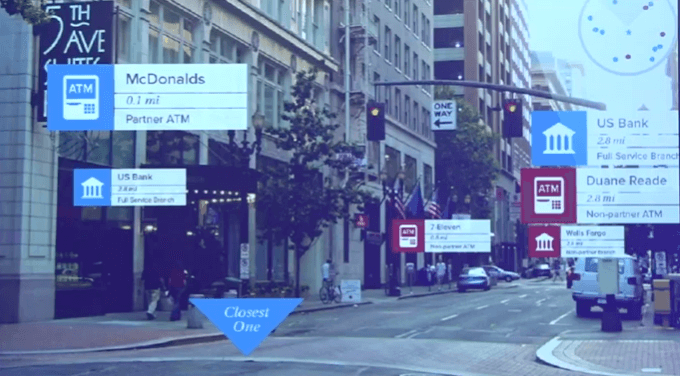
Source: Scape Technologies
Finally, on January 9th of 2020, Mark announced his point of view in a detailed post on his Facebook wall. Here’s what Mark said: “While I expect phones to still be our primary devices through most of this decade, at some point in the 2020s, we will get breakthrough augmented reality glasses that will redefine our relationship with technology.”
Been preaching about how AR/VR is the future of Social Media for months now. Recently there have been more and more tech giants going public with similar visions. Interesting to hear that they’re now adressing the housing crisis too.https://t.co/Sd76WDRDdu
— michel strotz (@mitch0z) January 12, 2020
All around the world, surveillance cameras track everything that’s going on in the streets already today. In China, face recognition technology already has a much broader impact on daily life than in the west. Opening your house door or paying your bills can all be done with your face. These systems learn fast. The more data they have, the more experienced their neural networks become, and the less computing/CPU power they need to evaluate their data points in real-time.
Furthermore, this statement is not only true for face recognition, but for AR in general. Snapchat’s latest “The floor is lava” filter is just another example of what’s going to be possible in the future.

The final question will be when the big 5 (Google, Amazon, Apple, Facebook, Microsoft) will release their respective consumer products (not even talking about Asian companies).
Here’s my prediction:
Google: Consumer Glasses for Techies (Google Glass, Android-based)
Amazon: AR Software for Shop owners, delivery men, and stores
Apple: Consumer glasses for normies (iOS-based)
Facebook: AR Social Network
Microsoft: Business Glasses and Army Gear
In case you didn’t know: Apple, for example, has its own ARKit since 2017. Be ready for Apple’s announcement of their “iGlasses”, as this will probably be the Go-signal for the entire AR market.
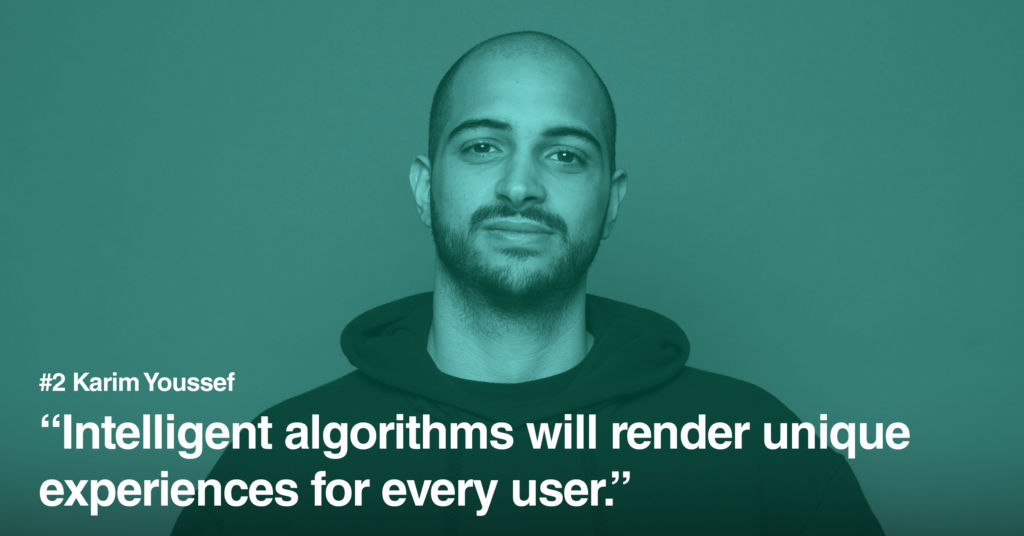
2. Artificial intelligence in marketing (Karim Youssef)
For many people, the term artificial intelligence has a futuristic connotation, and while this technology still has a long way to go, it has already arrived in our daily lives. Auto-correct, facial recognition, image recognition, deepfake, or self-driving cars; AI keeps conquering new domains.
Just like the industrial revolution took us from horse-drawn carriages to Lamborghinis, artificial intelligence is on its way to revolutionize society once again.
The present Ai in Marketing
Artificial intelligence and machine learning have been around in the marketing world for a few years now. While many of the technologies are still immature and unreliable, they improve every day. Companies like chatbot already use artificial intelligence to build chatbots that learn autonomously rather than developers having to teach them how to understand and reply to text messages.
Facebook is actively researching artificial intelligence and is, for example, backing its Campaign Budget optimization tool for Facebook ads with artificial intelligence. This Ai tries to automatically attribute budgets to the best performing combination of ads and ad sets. While this process has been part of a digital marketers’ job for the longest time, the platform uses Ai to make its tool more accessible to non-experts, which is generally where markets are headed.
Of course, Google has already jumped in on AI quite a while ago and is researching several applications. One of the more subtle ones is an artificial intelligence backed tool in Google Analytics called analytics intelligence. This tool provides insights into what is happening on your account and data about specific Key Performance Indicators. One of the most spectacular ones is definitely the Google assistant who can, for example, make reservations on behalf of other people and is indistinguishable from a human being (and this was almost 2 years ago!)
The most common applications for Ai in marketing are :
- Predictive analysis
Predicting human behavior based on behavioral data of other, similar individuals - Clustering and customization
Used to uncover behavioral patterns in massive datasets, impossible for the human eye to see - Natural Language Processing (NLP)
Used to understand and reproduce human language, i.e., for chatbots or text generation tools

Example of NLP – IBM sentiment analysis tool that understands if a text has a positive or negative tone
One of the more advanced artificial intelligence solutions that are currently being explored is a project by Mirraid and Tencent.
The Chinese tech giant is exploring software that allows them to add ads into existing movies and TV shows using AI.
This example demonstrates the vast possibilities that we are only beginning to tap into, even at this primitive stage.
The future of Ai in Marketing
The way it currently works is that marketers create content and ads tailored towards specific target audiences of hundreds of thousands of people, hoping that their content is somehow relevant to them. While this process can be automated to a certain extent, it is still very limited and requires human interaction to create all the different variations of the visual, text, content, etc.
The algorithm of the future would customize the content and message to make sure it resonates with you, your personality, your values, and your interests. While our technology is currently far from achieving these feats, we can still use our imagination to spin this thread a little further.
To elaborate on what this could look like, I would like you to imagine the video-ad of the future. Let’s assume the ad is for a clothing brand. Rather than showing the same video to millions of people, the Ai of the future will render a personalized version for every user, tailored to their personality, interests, and behavior.
The Ai understands which kind of videos are most likely to be watched or not watched by analyzing users’ past online behavior. The algorithm could then use this data to render a video that is optimized to the user’s video consumption behavior, personality, interests, etc.
The Ai could also have a say in what product is going to be featured in the video rather than having a human guess what you might like. This could result in the algorithm deciding which piece of the collection you are most likely to be interested in based on past purchase data and to feature it in the video.
The celebrity starring in the video ad might be your favorite actor or no other than yourself. Using existing techniques, like deepfake, artificial intelligence can already replace faces in existing videos and movies. Rather than trying to make you imagine what you would look like wearing their new jacket, the Ai could paint that picture out for you.
If we go even further, it is only a matter of time until intelligent algorithms will write customized scripts, compose custom music, or render completely unique experiences for every user.
However, this technology raises a million ethical and moral questions about its usage. Primitive technologies like deepfake already allow for delusion and will likely be abused even more in the future if they’re not regulated or entirely forbidden.

3. Super Apps (Sacha Schmitz)
Our third exciting technology of the future is Super Apps. A “Super App” isn’t so much a mysterious technology that gets developed in laboratories, very much out of the public gaze. Super Apps are rather a trend that already took off, and will be enormous in the short- and long-term perspective. But before we dive deeper into the world of Super Apps, I would like to give you a brief definition of what a “Super App” actually is.
Super Apps are applications that create their very own ecosystem, where users no longer have to use a variety of apps to meet their individual needs. Super Apps provide a platform that the users spend most of their time on and regulate their life through. You get all in one place: Easy to use, easy to maintain an overview.
The arrival of Super Apps is inexorable, and to be honest, they are among us already. Apps like WeChat, GoJek, or Grab evolved from single-purpose applications into everyday all-purpose tools. Some of you might not have heard about these apps before. All of them were released in Asia and often had far-reaching impacts on the population and consumer behavior. Super Apps are a trend that is coming from east to west in the very near future.
For the first time in history, the average person is spending less time watching television than actively using their mobile phone per day. If we bear in mind now, that most of this time is spent in apps, by a large margin, we can see why this technology is written in stone.
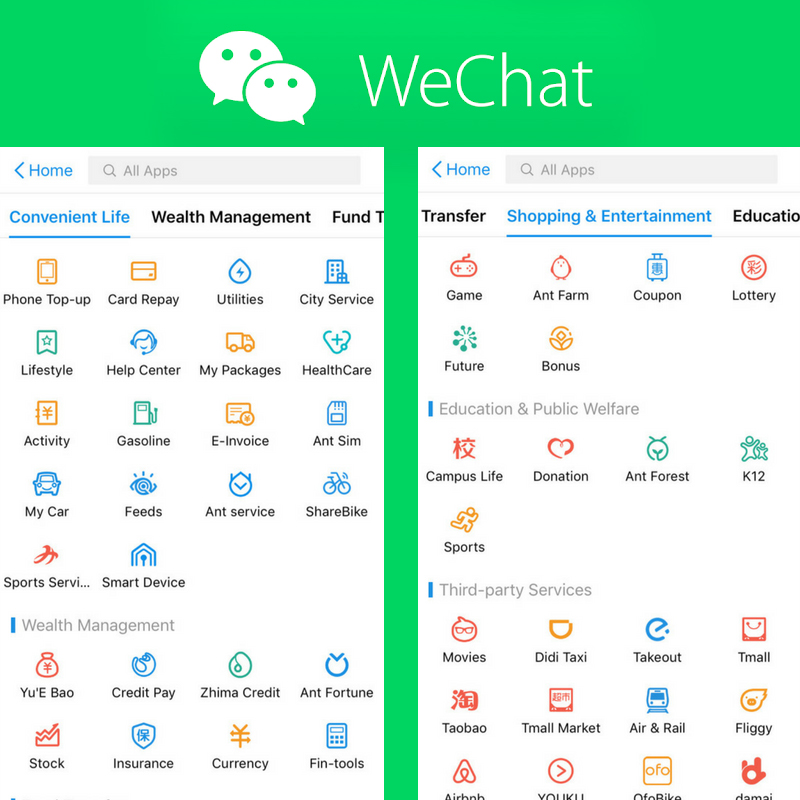
Our smartphones have become universal tools that help us in our day-to-day life. We simply install an app and BAM we have the solution to our problems. Is this true, though?
Contrary to popular belief, we are not constantly installing new apps, only to find the next new idea or feature. Actually, on average, we install 0 apps each month! This matter of fact is highly relevant when we talk about Super Apps and why they will be so popular in the western market.
People instinctively want to use as few apps as possible to reach the desired goal. Even though this might not be true for every single person, it is valid for the absolute majority of users.
How can I say this so easily without providing you with executed researches and scientific findings? The answer is pretty simple: We, as a global society, proved this concept to be true in recent history.
Websites like Amazon.com or Alibaba.com are on top of the food chain because they are an online Super-Store, where you can buy everything. They didn’t grow to this size because they offer an excellent workplace. The same holds true for grocery stores and shops. We don’t want to rifle through dozens of shops to work down our shopping list. Super-Stores are a normal sight these days and so will be Super Apps.
Big vs. Small
Companies like WeChat, GoJek, or even Uber fired the starting shot to become the one platform that people will use for their everyday life. Unfortunately, this means that many smaller apps and companies will have a hard time to get active users in the future. Their biggest chance lies in offering a unique experience and continuously adding services for their customers.
On the other side, they could start partnering with big existing apps to enhance their products reciprocative, and maybe create their own Super App. All the Super Apps nowadays implemented access to numerous third-party services that specialized in buying movie tickets, ordering food delivery, paying utility bills, or sending money to friends. As of now, those services still run independently and didn’t get swallowed up by the bigger applications.
No matter what, the tech industry is going to come closer together to benefit from each other’s experience. What this will mean to smaller companies and apps is difficult to predict.

Social Media platforms will adapt
The demand for being able to do everything in one app is also reaching the big players like Facebook, Instagram, and Co. Social Media platforms are advertisement and e-commerce heavyweights. Every big brand is offering and selling its products on those platforms. Already today, Instagram is actually more of an E-Commerce App than anything else if you look closely enough. Brands can advertise and sell products directly over Instagram. Sales and ads are Instagram’s most important sources of revenue. This trend will only get more significant in the future. Once Facebook introduces its own payment method Facebook Pay (or Libra), this process will accelerate even more.
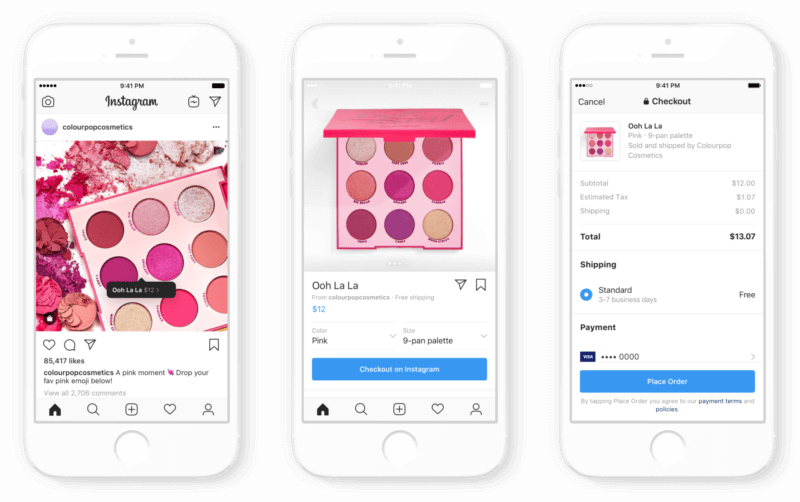
Super Apps, blessing or curse
During my travels in South-East Asia in 2018, I have witnessed first hand how big of an impact the emergence of a Super App can have. At that time, the Taxi-Apps GoJek and Grab were gaining popularity and splitting the population in the respective countries. Inhabitants hated the fact that you can now use apps to book a particular service without using or agreeing to the traditional proceedings. But especially tourists and young inhabitants loved the possibilities the apps offered.
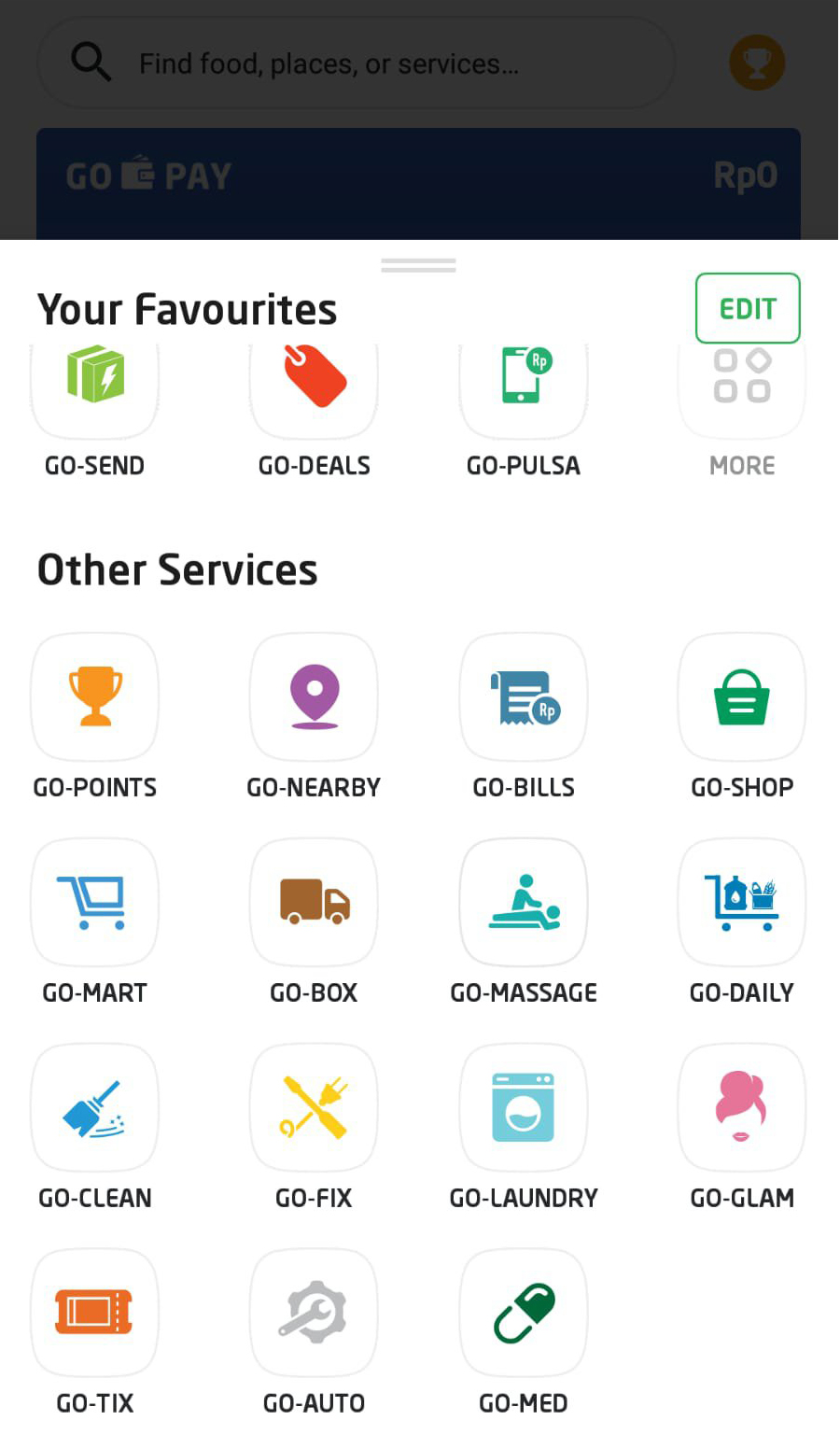
Over the following months, GoJek, for example, started to expand the existing offerings. Soon you could order food at nearby restaurants, and for a small surcharge, assign a taxi-driver to pick it up for you. Next up were buying groceries and transporting documents or objects to other locations. People that were working in these domains were furious about the usage of the app since they perceived themselves as a victim whose existence is threatened. The mood changed a bit when new icons came into the ring. You could call them GoJeks Mini-Jobs.
All of a sudden, you were able to choose between a variety of services to book. House cleaning, nail care, car maintenance or emergency repair, personal masseuses, you name it! This add-on did not only provide the user with quick help. It also offered locals the chance to find jobs and incomes with less effort and expense.
What once was a life-threatening creation to some, became a life-changing possibility for others.
This development is the reason why you cannot, and maybe shouldn’t, delay the appearance of Super Apps. It is the next step of integrating our technology effectively into our life. Like it or not, it will be a reality sooner or later.


